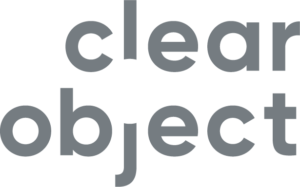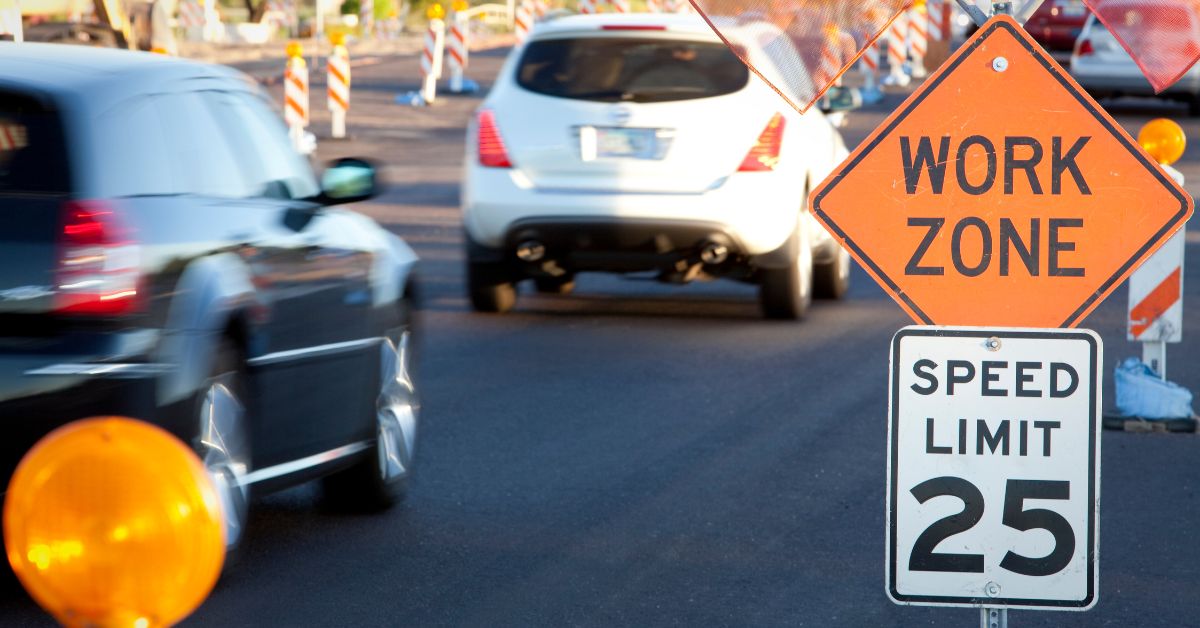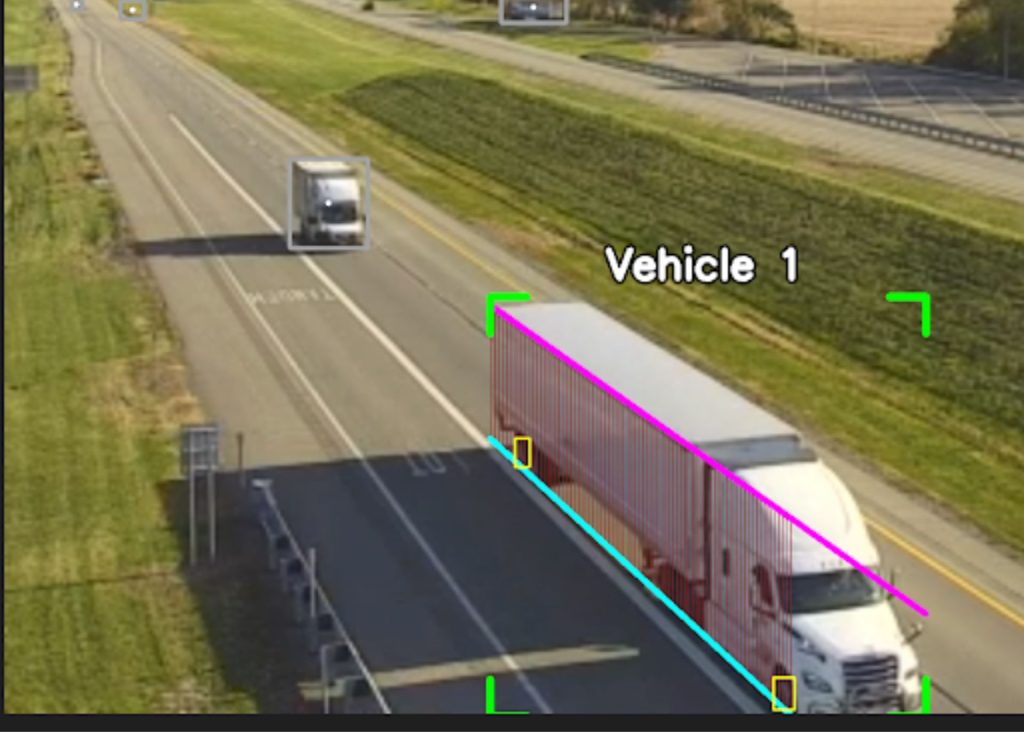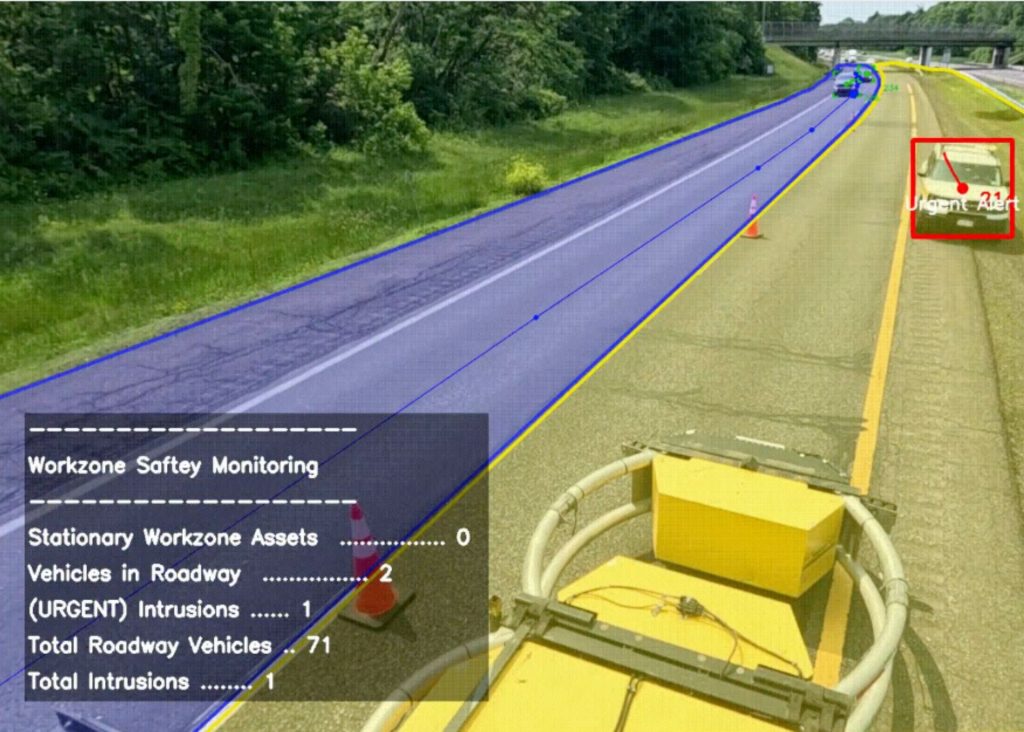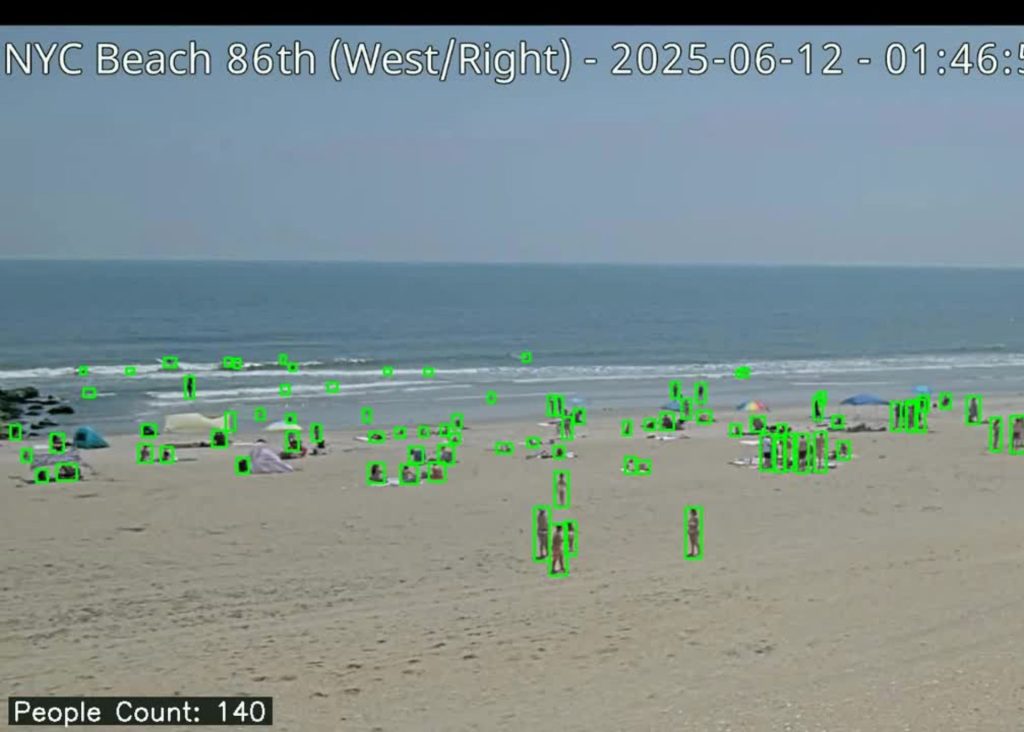Across states and cities, large and small, three critical public safety risks consistently rise to the top:
- Overheight vehicle collisions
- Work zone safety hazards
- Crowd density dangers
Municipal leaders today face increasing pressure to keep residents safe, protect infrastructure, and manage events, all while working with tight budgets. Forward-thinking cities are turning to Vision AI systems like ClearVision to save lives by detecting problems instantly, preventing accidents, and optimizing city resources. By incorporating Vision AI-driven insights into streaming footage from existing on-site cameras, ClearVision enables municipalities and state agencies nationwide to address these exact challenges.
Preventing Bridge Strikes: Vision AI Overheight Vehicle Detection
The Risk
Overheight vehicle strikes are a costly and dangerous problem for municipalities and transportation agencies. When trucks or buses collide with bridges, tunnels, or overpasses, the results can include severe infrastructure damage, multi-hour traffic shutdowns, and life-threatening accidents.
According to the Federal Highway Administration, bridge strikes account for over 4,000 incidents annually in the United States, with damages often exceeding $200,000 per occurrence when structural repairs, emergency response costs, and traffic management expenses are factored in [3]. In urban areas, these collisions also trigger ripple effects: commercial delivery delays, congestion, and secondary accidents.
Common Causes for Bridge Strikes:
- Drivers missing or ignoring static clearance signs.
- Inaccurate vehicle height measurements by operators.
- Out-of-town or distracted drivers unfamiliar with local restrictions.
In every case, the problem is that clearance warnings are often passive, relying on driver attention rather than proactive intervention.
ClearVision for Vehicle Height Detection
ClearVision’s vehicle height detection transforms static road warnings into active safety systems by:
- Measuring the height of approaching vehicles in real time
- Triggering flashing, high-visibility warning signs for overheight vehicles
- Sending instant alerts to traffic control centers for rapid response
- Activating traffic lights to stop vehicles before they reach a restricted route
Because it integrates with existing camera infrastructure, ClearVision eliminates the need for costly new installations while providing 24/7 monitoring.
Benefits of Using Vision AI to Help Prevent Bridge Strikes
Implementing Vision AI-powered overheight detection, like ClearVision, delivers measurable results:
- Reduced Collision Risk: Real-time alerts prevent vehicles from hitting restricted structures.
- Lower Repair Costs: Avoiding a single bridge strike can save hundreds of thousands in emergency repairs and downtime.
- Improved Traffic Flow: Preventing incidents reduces congestion and secondary crashes.
- Scalable Safety: Works seamlessly with existing camera networks for fast and cost-effective deployment.
Work Zone Safety: Vision AI for Monitoring Highways and Roads
The Risk
Work zones, particularly on highways and arterial roads, remain among the most hazardous conditions for both motorists and workers. In 2022, there were 891 work zone traffic fatalities in the U.S., including 742 vehicle occupants and 145 pedestrians or cyclists. The risk continued into 2023, with 899 deaths in work zone crashes and over 40,000 injuries reported nationwide [1]. Despite a nearly 7% decrease in overall work zone fatalities between 2021 and 2023, the numbers remain unacceptable.
Key Contributing Factors to Road Work Zone Fatalities:
- Speeding was involved in 34% of fatal work zone crashes in 2022.
- Rear-end collisions account for 21%.
- Commercial motor vehicles, such as trucks or buses, account for 30% of fatal crashes in these zones.
These trends underscore that even minor delays in detecting unsafe behavior can lead to preventable fatalities, serious injuries, and significant disruptions to traffic flow and project timelines. [2]:
The Vision AI Solution
ClearVision turns existing roadside cameras into intelligent, real-time safety monitors for active work zones. Our system is designed to:
- Detect speeding vehicles entering the zone
- Identify dangerous lane incursions into protected work areas
- Monitor worker proximity to traffic lanes.
- Provide instant alerts to crews or enforcement and capture video evidence for incident analysis.
By augmenting visual data with AI, ClearVision ensures safety threats are recognized and addressed immediately, without relying solely on human observation.
Benefits of Using Vision AI in Road Work Zones
Implementing ClearVision’s AI-powered safety monitoring yields significant results:
- Reduced Accident Risk: Alerts trigger immediate responses to unsafe conditions, such as speeding or barrier breaches, before they escalate.
- Enhanced Worker and Motorist Protection: Continuous, all-zone visibility reduces blind spots and improves situational awareness.
- Improved Operational Uptime: Automated detection means fewer interruptions and less downtime related to preventable incidents.
- Compliance and Documentation: Every incident is time-stamped and captured, supporting OSHA and DOT standards and easing post-incident review.
Crowd Counting: Vision AI Crowd Density Monitoring for Safer Public Events
The Risk
Large public gatherings, such as beaches, parks, parades, concerts, protests, sporting events, and festivals, can quickly turn dangerous when crowd density becomes too high or when sudden surges occur. Without real-time monitoring, event organizers and municipal safety teams often rely on on-the-ground staff to spot issues, which can lead to delayed responses.
The National Institute of Standards and Technology (NIST) reports that crowd crush incidents can occur at densities as low as 4–5 people per square meter, where individuals can no longer move freely, creating a high risk of injury or death in mass casualty incidents [4].
The Risks of Unmanaged Crowding in Public Spaces:
- Increased pickpocketing and theft opportunities
- Slower emergency evacuation time.
- Higher likelihood of heat exhaustion or medical incidents in tight spaces
For municipalities, the stakes are high: public perception, liability, and operational control all hinge on preventing unsafe crowd conditions.
The Vision AI Solution
ClearVision’s AI-powered crowd counting and density monitoring transforms passive security footage into active, actionable safety intelligence.
ClearVision’s Capabilities for Safe Crowded Spaces:
- Count people in real time across multiple camera feeds
- Monitor density levels and detect when crowding exceeds safe thresholds
- Identify unusual movement patterns that may signal a developing hazard.
- Send instant alerts to public safety officials for intervention.
ClearVision in Action
In cities hosting significant seasonal events, ClearVision enables event control teams to view live density maps of high-traffic areas, allowing them to:
- Redirect foot traffic before bottlenecks form
- Open or close access points dynamically
- Deploy additional law enforcement or medical teams where needed
Internationally, cities like Barcelona, Spain, have successfully used AI crowd monitoring to manage tourist-heavy plazas, reducing bottlenecks and preventing unsafe surges in public squares [5].
Benefits of Vision AI for Municipalities and Event Organizers
Deploying ClearVision for crowd safety delivers:
- Reduced Risk of Crowd-Related Injuries: Early detection enables intervention before hazardous conditions arise.
- Faster Emergency Response: Real-time density alerts enable teams to target resources where they’re needed most.
- Improved Visitor Experience: Smoother crowd flow reduces frustration and enhances the overall event atmosphere.
- Data for Future Planning: Post-event analytics reveal high-traffic patterns to inform layout and staffing decisions.
Why Vision AI is Essential for the Future of Public Safety
From preventing overheight vehicle collisions to protecting highway work crews and keeping public gatherings safe, ClearVision gives public directors the one thing they need most: real-time, actionable awareness. Instead of reacting after an incident, ClearVision allows teams to detect threats the moment they appear and intervene before lives are at risk.
How ClearVision Improves Public Safety:
- Saving Lives: Reducing fatalities and serious injuries by stopping dangerous situations before they escalate.
- Protecting Infrastructure and Assets: Avoiding millions in repair costs, legal fees, and downtime.
- Improving Operational Efficiency: Automating monitoring so teams can focus on high-priority tasks instead of watching endless video feeds.
- Meeting Compliance Standards: Supporting OSHA, DOT, and other safety regulations with continuous documentation and video evidence.
- Scaling Safety Across Environments: From highways to stadiums, ClearVision works with existing cameras to protect people, property, and budgets.
Every second counts when safety is on the line. ClearVision empowers municipalities, transportation agencies, and event organizers to act promptly, transforming cameras into proactive safety tools that prevent tragedies and keep communities moving.
Contact ClearObject today to see how Vision AI can be implemented into your existing camera network and start protecting your people, assets, and community with more intelligent, faster decision-making.
Sources:
1 – “Motor Vehicle Safety Issues: Work Zones.” Injury Facts, National Safety Council, https://injuryfacts.nsc.org/motor-vehicle/motor-vehicle-safety-issues/work-zones/
2 “FHWA Urges Drivers to Stay Alert to Ensure Highway Workers Get Home Safely as Part of National Work Zone Awareness Week.” U.S. Department of Transportation. April 22, 2025.
3 – “Possible Methodology for Probabilistic Assessment of Bridge Safety Against Vehicular Collisions.” FHWA Publication No.: FHWA-HIF-24-051. U.S. Department of Transportation Federal Highway Administration. April 1, 2024. https://www.fhwa.dot.gov/bridge/security/hif24051.pdf
4 – “Research on risk factors of human stampede in mass gathering activities considering organizational patterns.” Frontiers in Public Health: Sec. Disaster and Emergency Medicine. April 7, 2025. https://www.frontiersin.org/journals/public-health/articles/10.3389/fpubh.2025.1555735/full
5 – “FC Barcelona and BSC complete the first phase of the IoTwins project for an Intelligent management of visitors’ movements at the club’s facilities.” BSC, Barcelona Supercomputing Center. Nov 12, 2020.
